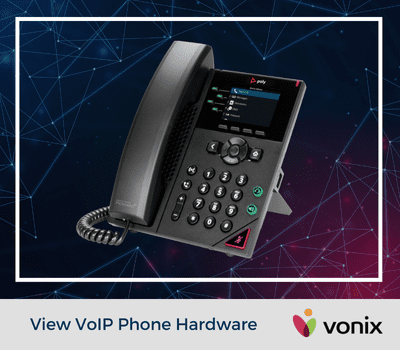While it seems that each year we become less and less reliant on phones, that’s not the reality for businesses. 60% of customers prefer to call small businesses on the phone, and 40% of customers would rather solve customer service issues over the phone than via digital channels.
That means that even if you’re integrating live chat and email communication into your business, your phones are still incredibly important. Just as you regularly update your website and add new customer features, your business calling has to keep up with customer expectations.
How Technology is Changing Communication – and How it Isn’t
Today, customers have more avenues than ever to reach out to businesses – calling, email, social media messages, automated chat, and even texting. For younger generations that have grown up with all methods of communication, it can be annoying to have to call businesses for a quick answer. Meanwhile, older generations get frustrated with AI chat bots not understanding their needs and wish they could just call a human for a simple question.
Many businesses are relying on new communication technology to lessen their dependence on phone lines. But that’s not what your customers want.

No matter how many helpdesk articles you write or chatbot scripts you set up, you will always need to have a business phone line. Not everyone has reliable internet access or is computer literate enough to be able to navigate online support portals. And sometimes, people just want to talk to a person. To keep your customers happy and attract new business, you need to be able to proactively manage your business calling.
Business Calling Today
Many companies simply bundle a phone line with their internet service when they open a business location without realizing that all business phone services aren’t created equally. Studies show that 60% of callers placed on hold with silence for longer than 40 seconds hang up and 34% of those callers will never call back. That’s a lot of lost revenue that could have been saved with updated business calling features:
- Custom hold music: select high-quality music to give the caller confidence that they are still connected and make the hold feel less long.
- Custom hold messages: provide helpful information to the caller to either solve their issue before they connect or to keep them involved with the call
- Interactive voice response (IVR): allow the customer to choose the department they need to speak with to resolve calls faster instead of funneling all calls through one agent.
- Call reports: access reports to see call history in order to return dropped calls and reclaim lost business
- Callback: allow customers to hang up the phone and receive a call when their turn comes up instead of making them wait on hold
- Voicemail to email: get customer voicemails transcribed and emailed to you so that when you call back you can be prepared to provide excellent service
These are just a few ways that a dedicated phone company – not your internet and cable provider – can help you save lost business and provide customers with excellent service. Retain the customers you’ve earned and provide the level of service that earns referrals from your happy customers by updating your business calling.
Regardless of which additional avenues of communication you add to your business, one thing will always be constant: you need a business phone line. But more than that, you need business calling with features that help manage the calls coming in more efficiently. Customers are less patient with long wait times and you risk losing business by relying on outdated phone lines.










